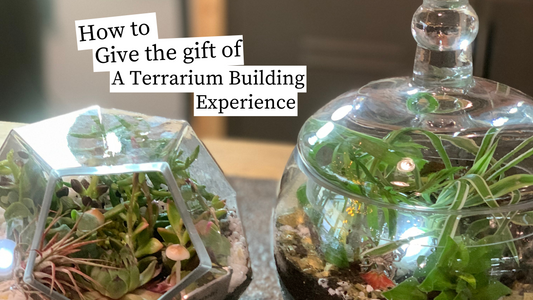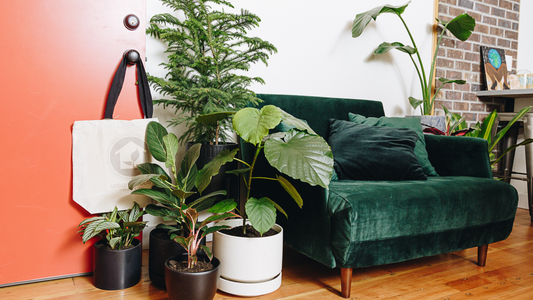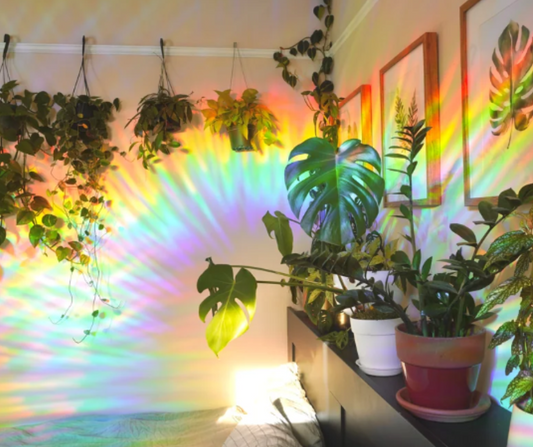
Forget About 'Em: 12 Low Maintenance House Pants for Busy Plant Lovers
You can love having plants in your home without wanting to make caring for them your whole personality. Busy schedules, regular travel and a lack of experience can have even the most enthusiastic plant keeper heading towards the succulent section.
These low maintenance plants make gorgeous additions to your home and prefer to dry out between waterings. Depending on the season and the conditions of your home this means they can go weeks without needing your attention.
Not only are draught tolerant plants great for anyone with a demanding itinerary but they also make easy plants for beginners to start on.
Here are 12 of our favorite low maintenance indoor plants to “add to cart” immediately
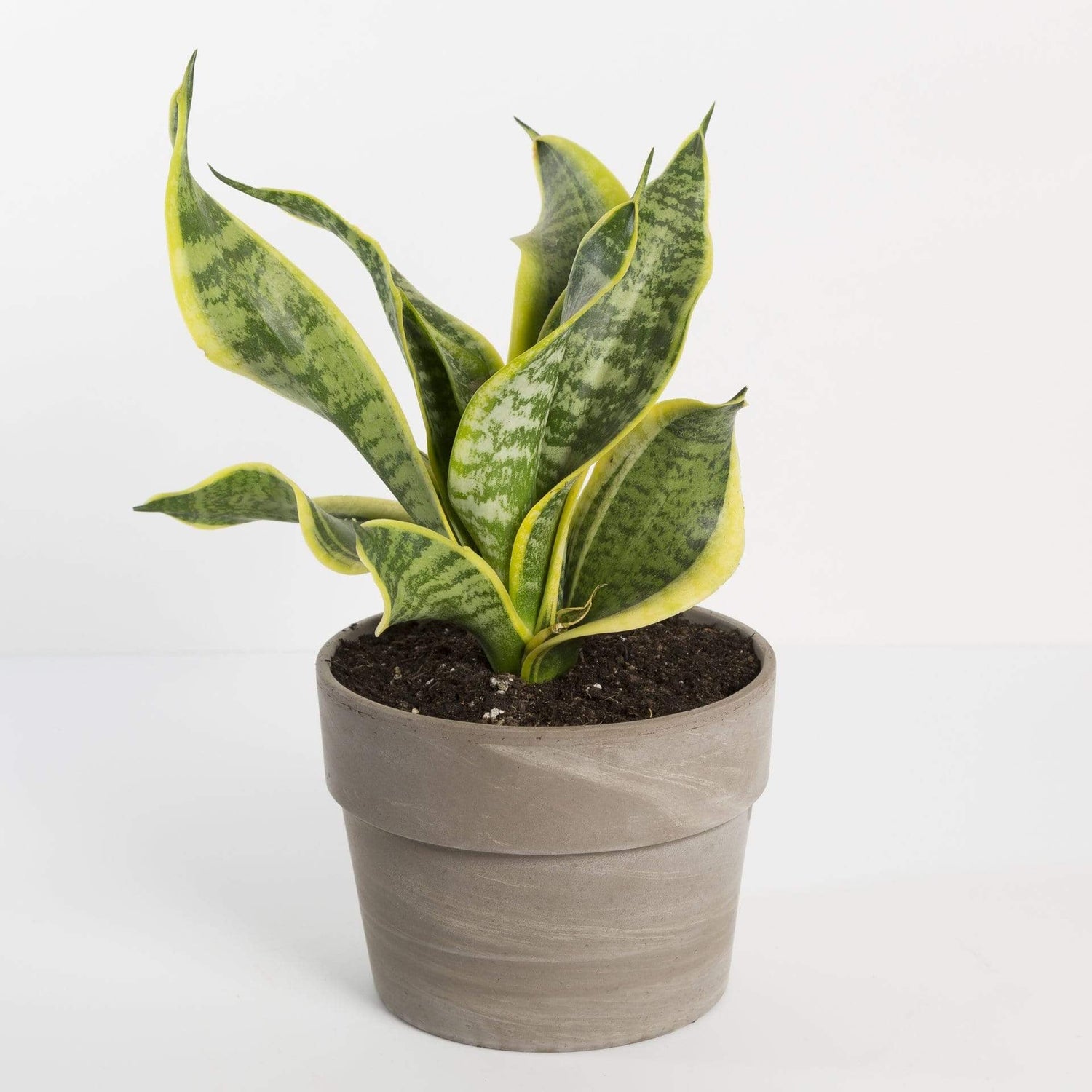
1) Snake Plant (Dracaena trifasciata, formerly Sansevieria trifasciata)
Snake plants are the little black dress of low water house plants. These structural succulents originate from rocky, dry climates in tropical western Africa. They’re beloved for their ability to thrive in low water conditions, making them a must have in upscale offices and waiting rooms. With their minimalist, elongated leaves and gilded variegation Snake Plants are proof you don’t have to sacrifice sophistication for ease. Dracaena trifasciata only require watering when their soil dries fully, (usually every 2-4 weeks) making them an excellent choice for busy individuals or forgetful plant owners.
Fun fact: Snake plants were identified as Sansevieria trifasciata until 2017 when botanists studying the DNA of the plant discovered a high number of common genes that linked it with Dracaenas
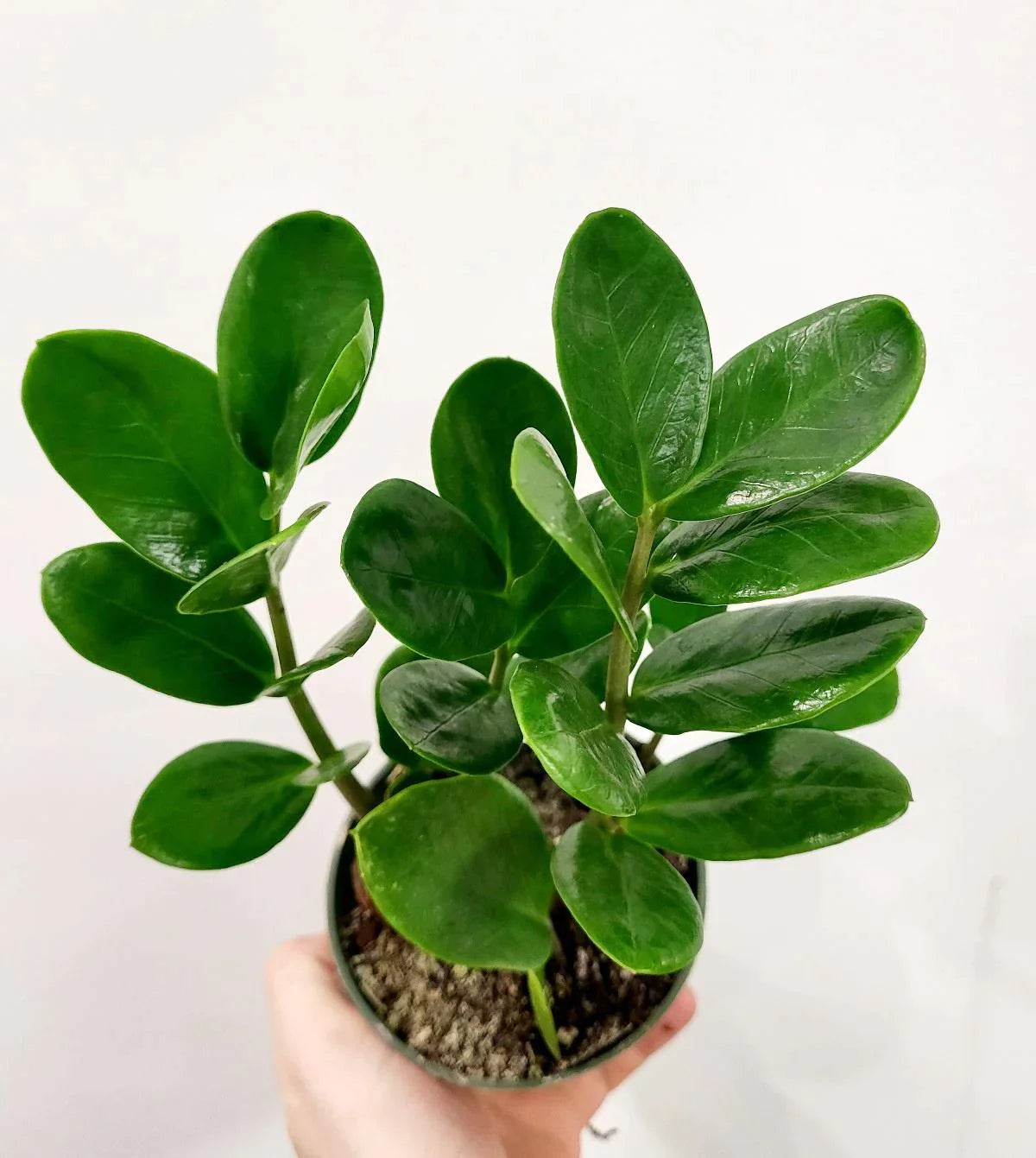
2) ZZ Plant (Zamioculcas zamiifolia)
The ZZ plant may be low maintenance, but it’s lustrous green leaves are as glamorous as they come. This forgiving and supple plant stores water in it’s rhizomes and can survive extended periods without watering. ZZ plants can also adapt to a variety of light conditions, though they will reward you with exquisitely bushy growth if placed in bright indirect light. You don’t need to re-arrange your calendar to keep ZZ plants happy, water thoroughly when ever the soil dries completely out (about ever 2-3 weeks).
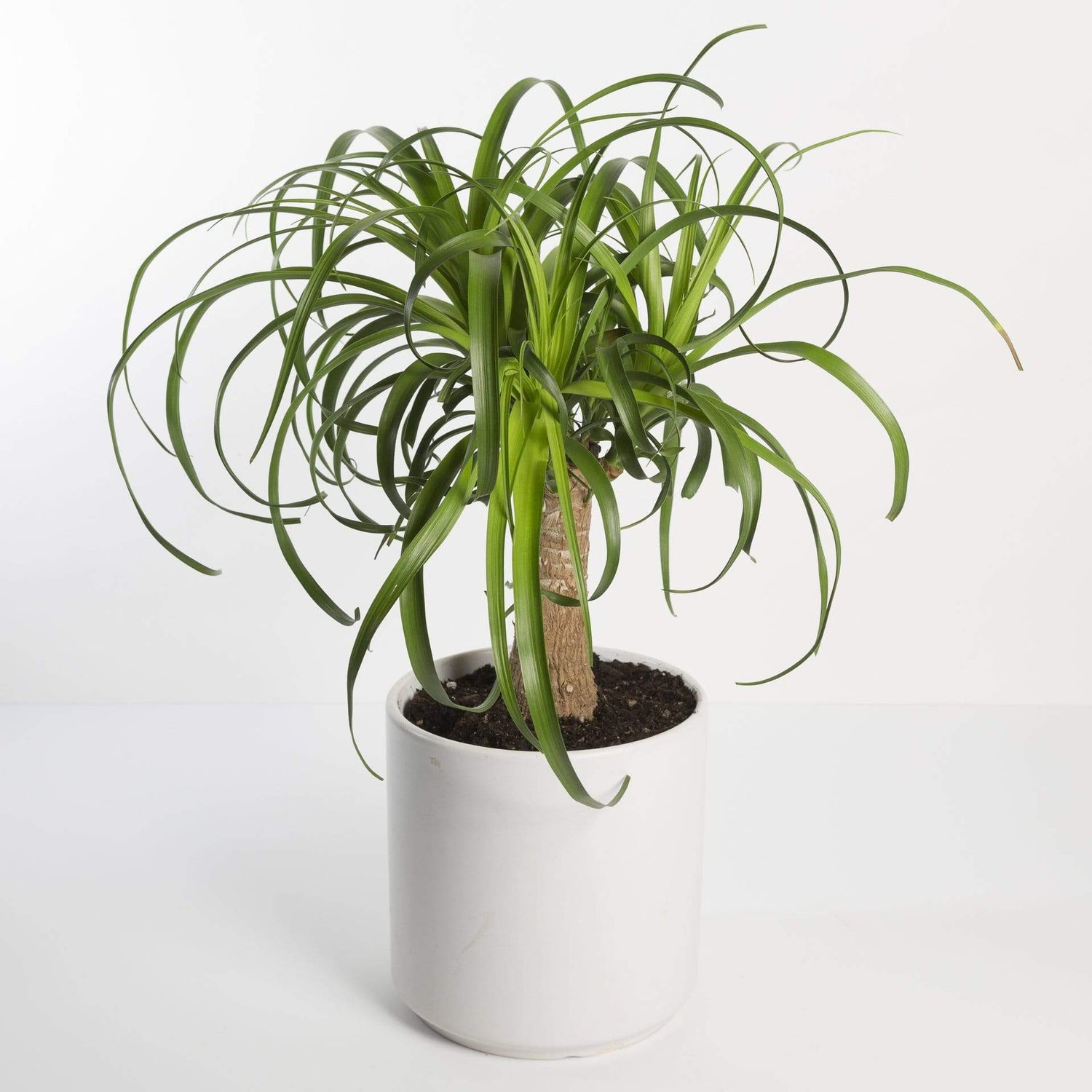
3) Ponytail Palm (Beaucarnea recurvata)
The Ponytail Palm’s bulbous base and long, spiraling foliage bring fantastical flair to your collection. Don’t be fooled by it’s name, this draught-tolerant dream is a member of the Asparagaceae family and not a palm at all. In it’s native habitat of Southeastern Mexico Ponytale Palms can grow up to 30 feet tall, but in doors your Ponytail Palm will likely reach it’s maximim hight at a respectable 6 feet. Ponytail Palms store water in their trunk, allowing them to survive long periods without watering. These low-maintenance plants thrive with watering intervals of approximately 3-4 weeks and are a great hands off alternative for anyone who wants the look of palms without the care commitment
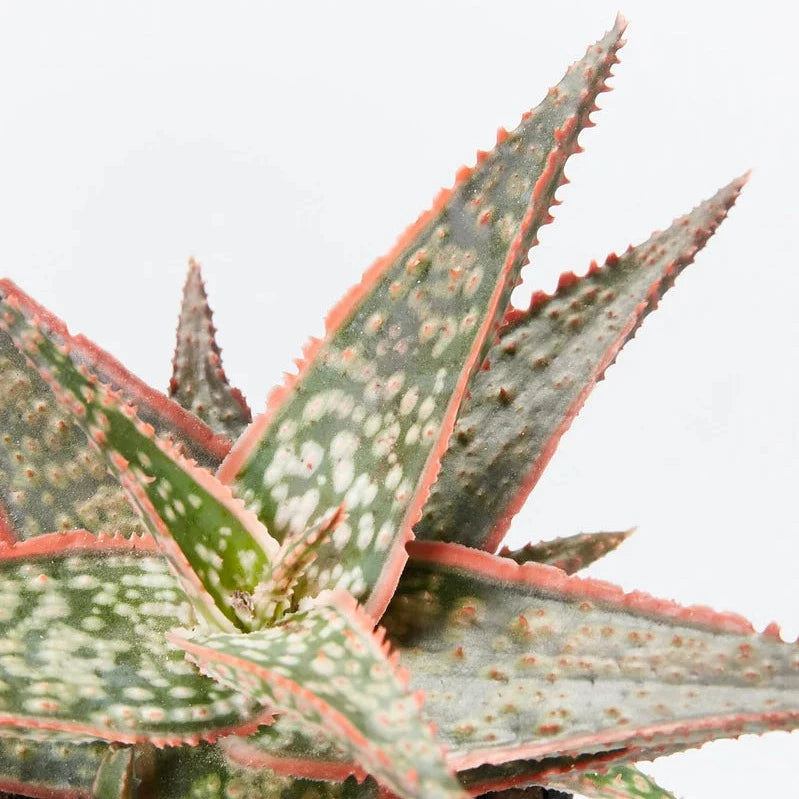
4) Aloe (Aloe)
Aloe vera is probably one of the most popular succulents around. Loved for the healing properties of the gel inside the leaves, this resilient plant grows wild in tropical, sub-tropical, and arid environments world wide. Like all succulents, Aloe stores water in it’s leaves in between waterings, and can go 2-4 weeks without attention.
There are about 650 species of Aloe out there! All of them including Aloe Vera (known for its medicinal uses and treatment of sunburns) like to dry out completely in between waterings, so check the soil with an unfinished wood chopstick or dowel before giving your plant a drink. If there’s soil sticking to the bottom inch or so, you’ve still got a bit to wait before you water.

5) Desert Rose (Adenium obesum):
Low maintenance doesn’t have to mean low drama with the Desert Rose. This vibrantly flowered succulent shrub is incredibly resilient and can tolerate extended periods without watering. It’s conical blooms are long lasting and fragrant and come in a variety of colors. With access to bright direct light you can enjoy flowers from early Spring to mid-Summer and again in early Autumn.
Desert Roses prefer dry soil and are adapted to store water in their trunk and roots. Watering every 2-3 weeks during the growing season is generally sufficient to keep these stunning plants flourishing.
Want to try Bonsai? The Desert Rose is a favorite thanks to its thick succulent trunk and delicate leaves. Sign up for our next Bonsai class here.
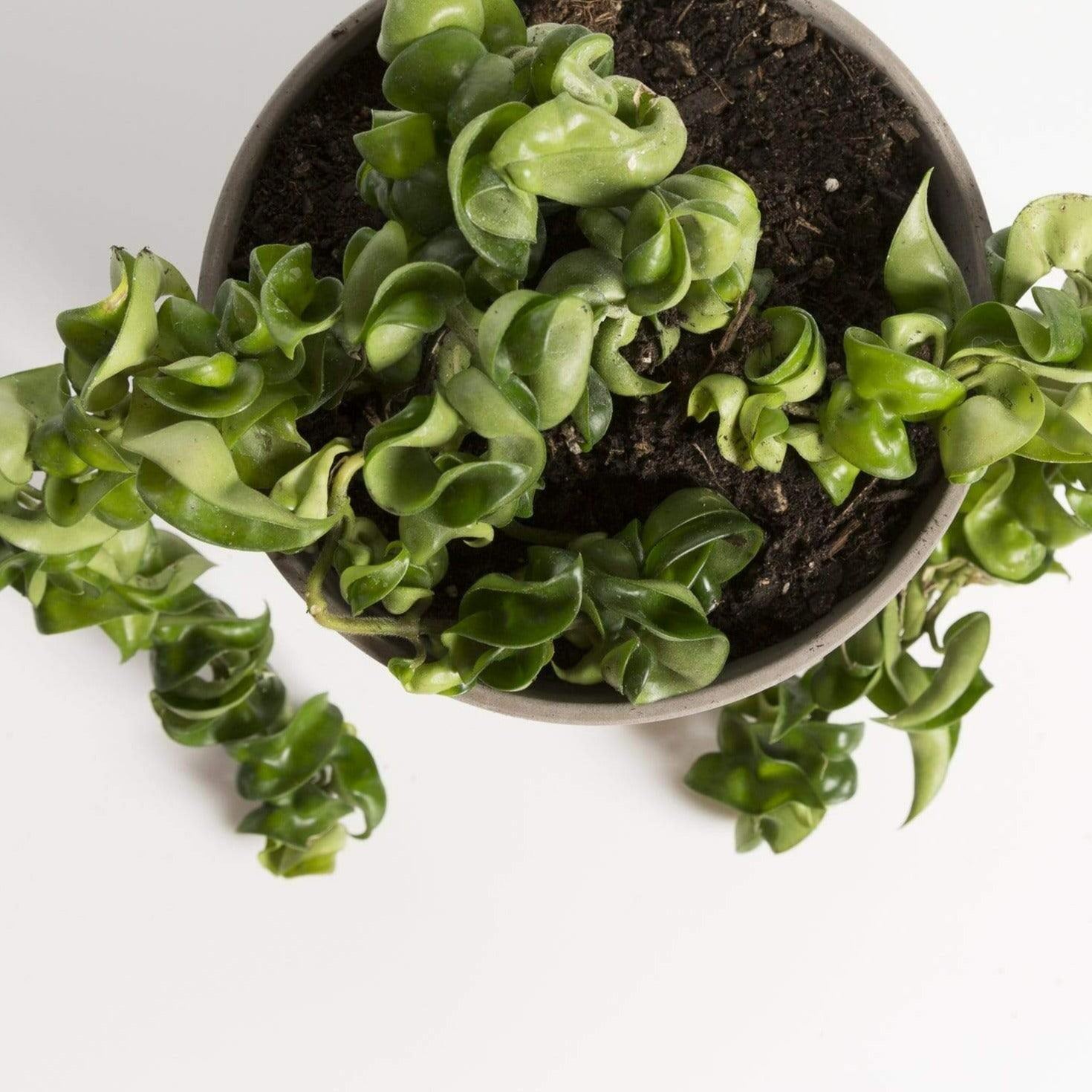
6) Wax plant (Hoya Carnosa):
If you love the look of vining plants then you may become infatuated with succulent-esque Hoya. This alluring member of the dogbane family thrives in bright light and humidity. It can be left to drape elegantly over the edge of a pot or trained to climb a trellis.
Featuring thick waxy oblong leaves that can showcase a variety of variegation patterns, Hoya Carnosa are native to Eastern Asia and Australia.
Hoya Carnosa store water in their waxy leaves and only require water after the soil had just dried out (about every 2-4 weeks). They enjoy humidity and work well in brightly lit bathrooms or kitchens.
While Hoya Carnosa do flower, trying to encourage it’s blooms can cause a lasting negative impact on your plant’s health.
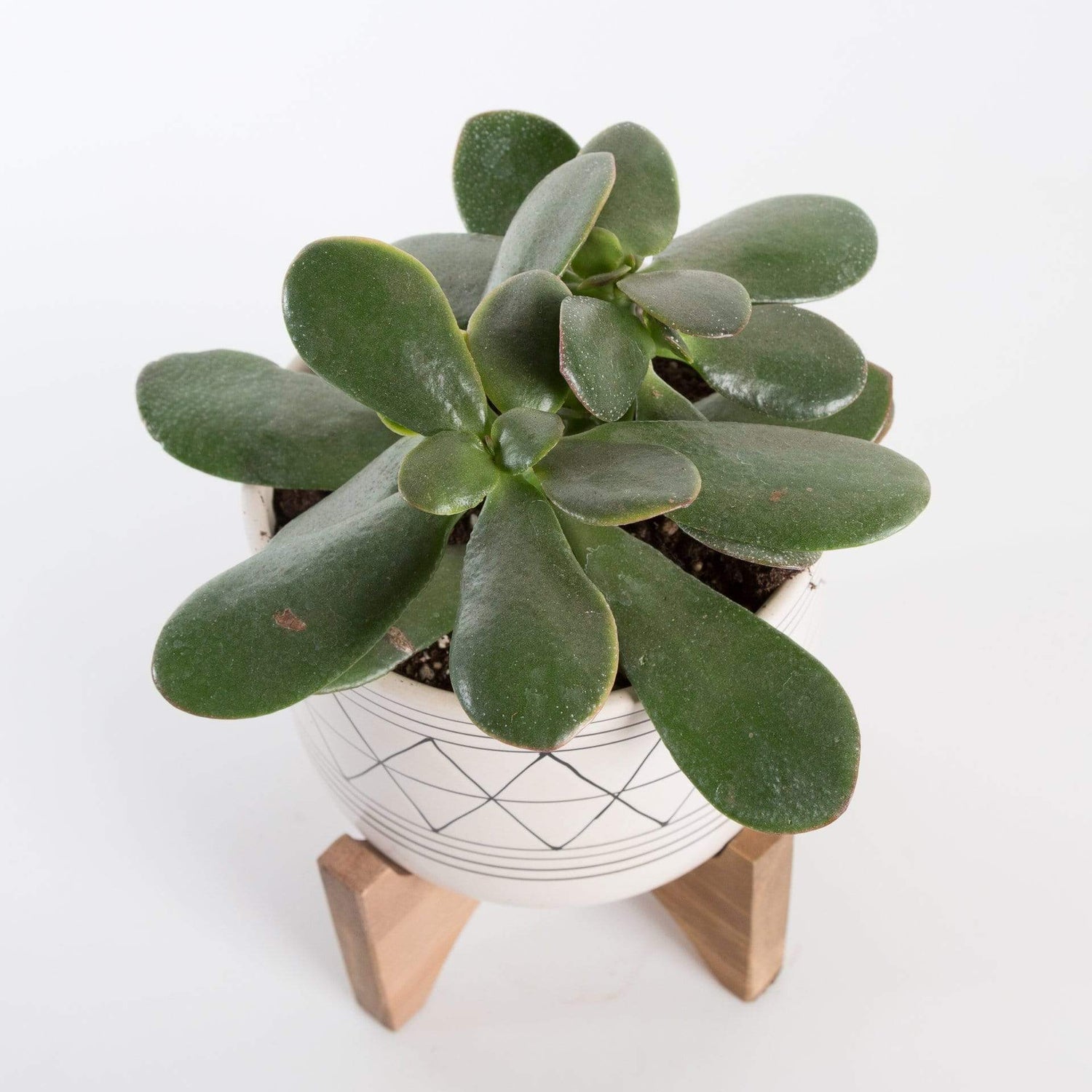
7) Jade Plant (Crassula ovata):
You may have seen one of these classy Crassulas in the home of plant loving family member. The Jade Plant (also known as the Money Plant or Lucky Plant) has been a popular choice for decades thanks to its gem-like leaves and symbolic association with wealth.
Jade is slow growing and can live up to 100 years! Endemic to South Africa and Mozambique, Crassula ovata are tolerant of dry conditions and prefer infrequent waterings even during the growing season.
Let the soil dry all the way out between waterings and be sure to empty the saucer after each watering as Jade are susceptible to root rot.
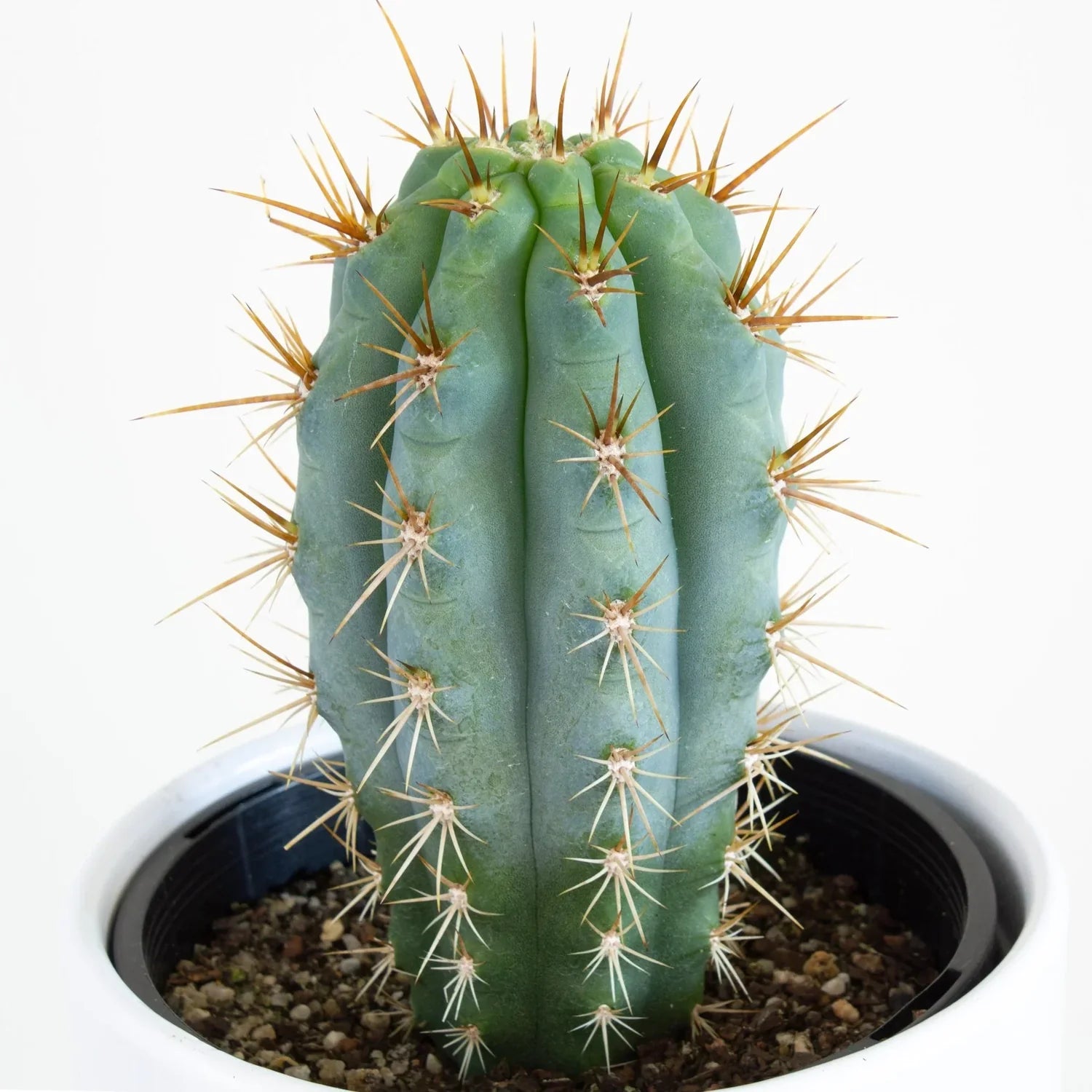
8) Blue Torch Cactus (Pilosocereus Pachcladus)
This fast growing and turquoise hued cacti is as satisfying to care for as it is stunning. Accustomed to the bright light of Brazil where it originates, Blue Torch Cactus want 10 to 12 hours of bright light. Perch them on a South facing window or supplement light with a plant bulb (this one is our favorite).
Like many cacti, Blue Torch Cacti are vulnerable to root rot. Planting your Pilosocereus Pachcladus in a cactus soil bend soil in a pot that contains a drainage hole will help prevent soggy roots.
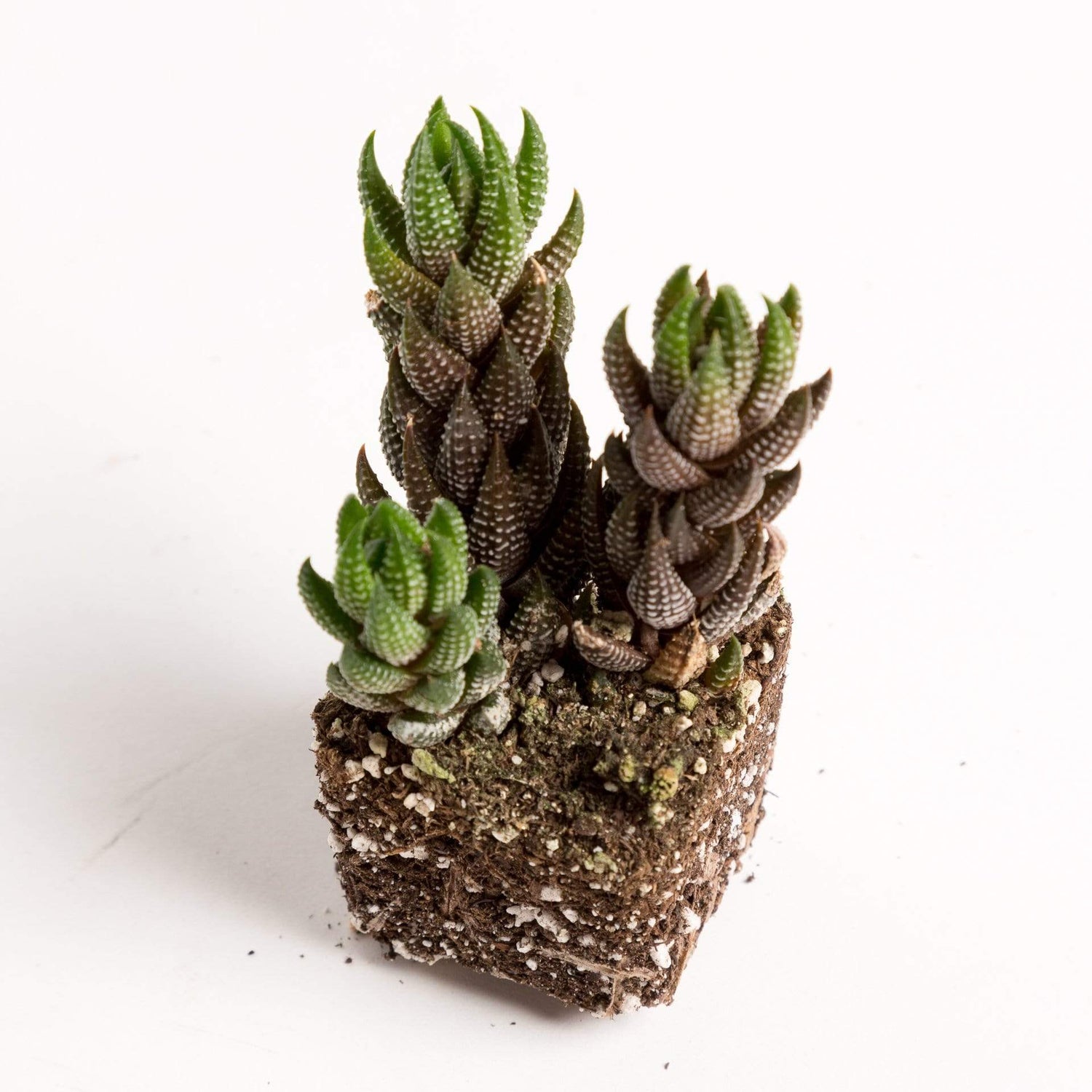
9) Haworthia (Haworthia)
Haworthia brings a little punk rock-esque glam into your collection, often growing in spikey rosettes with unique variegation and textures. These edgy desert dwellers originate from Southern Africa and are un-suprisingly related to the Aloe.
They often grow in the shadow of boulders or over-hangs in their native environment and do best with a few hours of bright light each day. Like all succulents, it is best to ensure your Haworthia’s soil has good drainage and let the soil dry out properly between waterings.
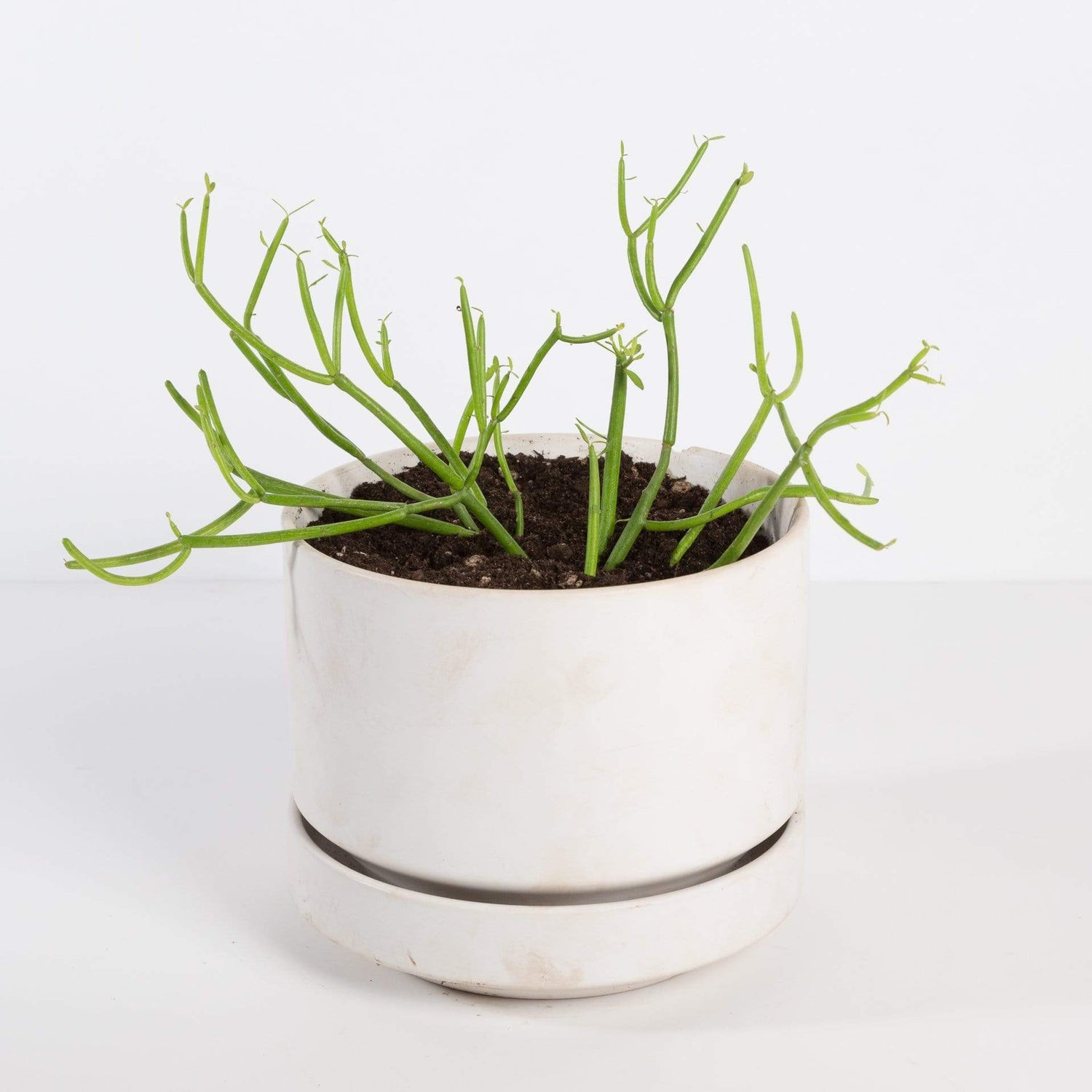
10) Pencil Cactus (Euphorbia tirucalli)
The Pencil Cactus is not a cactus at all but succulent shrub. It gets its name from cylindrical branches that are about the thickness of a pencil, and has oval leaves and small flowers. This drought-tolerant plant evolved in the semi-arid tropical regions of Africa and India and can withstand periods of low water availability. Even during the hight of it’s growing season it prefers to have it’s soil dry all of the way out.
The Pencil Cactus is also commonly known as “milk bush” due to the milky latex sap it gives off when it is broken. This sap can be irritating to sensitive skin.
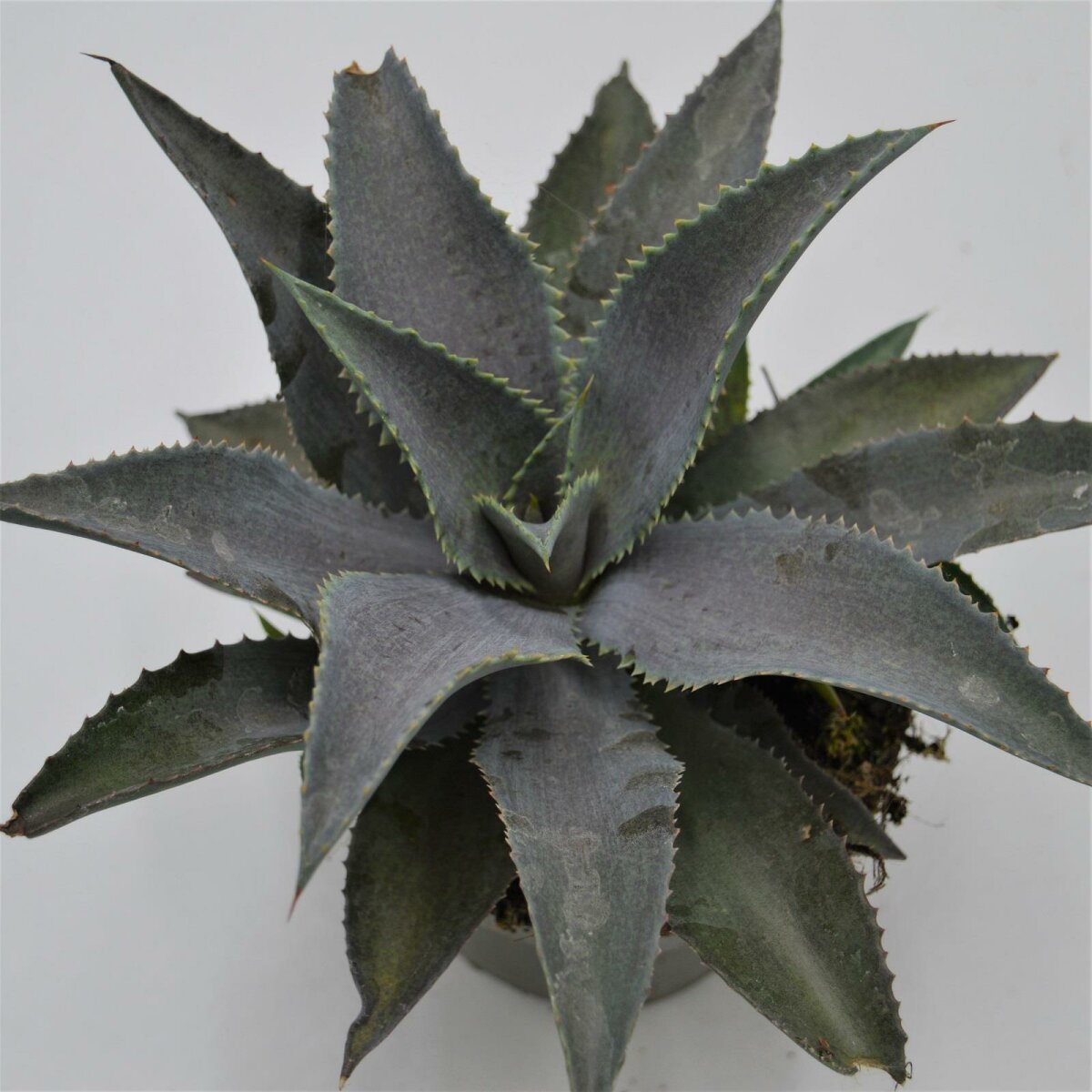
11) Mangave (Mangave)
This hybrid between a Manfreda and an Agave is a relative new comer to the houseplant scene, but it’s sure to become a favorite. Featuring colorful variegation on its wide agave like leaves, Mangave are a unique low maintenance plant for any succulent aficionado.
Similar to both the Manfreda and Agave, the Mangave is an arid plant and is best suited for a south facing window sill or close proximity to a grow light. Access to bright light will help your Mangave maintain it’s unique color and spiraling compact shape.
Water your Mangave shortly after the soil reaches full dry out.
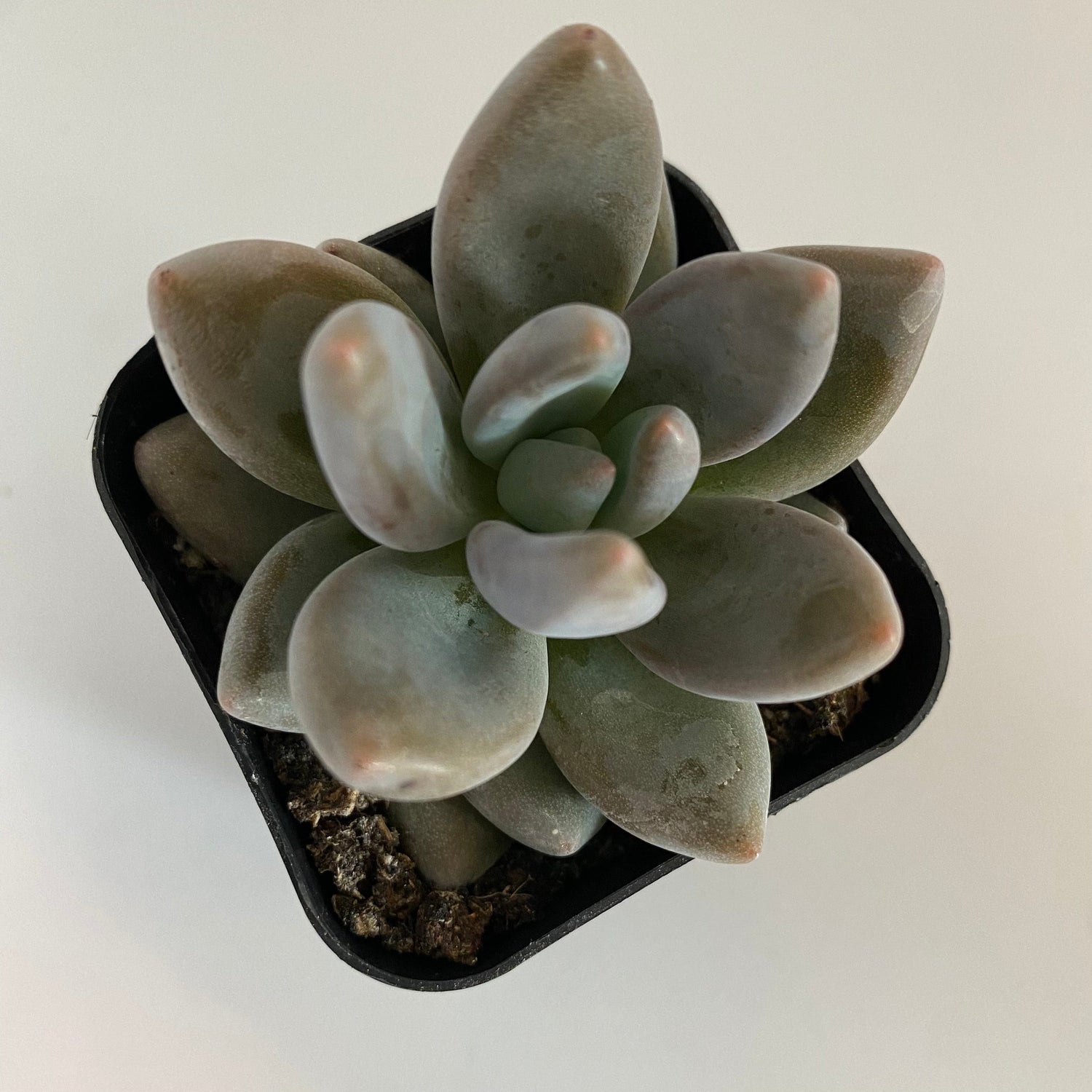
12. Echeveria (Succulent)
Generally, if you say “succulent” someone’s mind will immediately go to these plumply leafed cuties. With many brightly colored varieties to choose from, Echeveria bring a pop of cheer to any plant lover’ collection.
To keep your Echeveria compact and colorful you will want to ensure it’s getting access to lots of bright light. Echeveria are vulnerable to root rot if they receive water too frequently. To make it easy on yourself and your plants, we recommend using a custom soil blend for succulents and cacti and using a pot with a drainage hole. Let the soil dry out completely, then water thoroughly.
If you’re looking to expand your collection or wanting an easy plant for a beginner this list is filled with great options. If, however, you’re less than excited with these 12 draught tolerant plants we have one finally trick to make ANY plant need water less frequently: invest in a larger one.
Larger plants take more time to dry out and, thanks to being more established, are resilient enough to survive a mistake or two.
You don’t have to swap Sunday brunch for an extensive watering schedule or trade your travel plans for a breathtaking plant collection you love. These 12 draught tolerant species will add natural glamour to your space without a lot of additional time and effort. Whether you’re drawn to the snake plant’s structural elegance or the ponytail palm’s Seussian silhouette, these minimal care plants make the perfect addition to established or starting collections alike.
Blogs you might like to read

